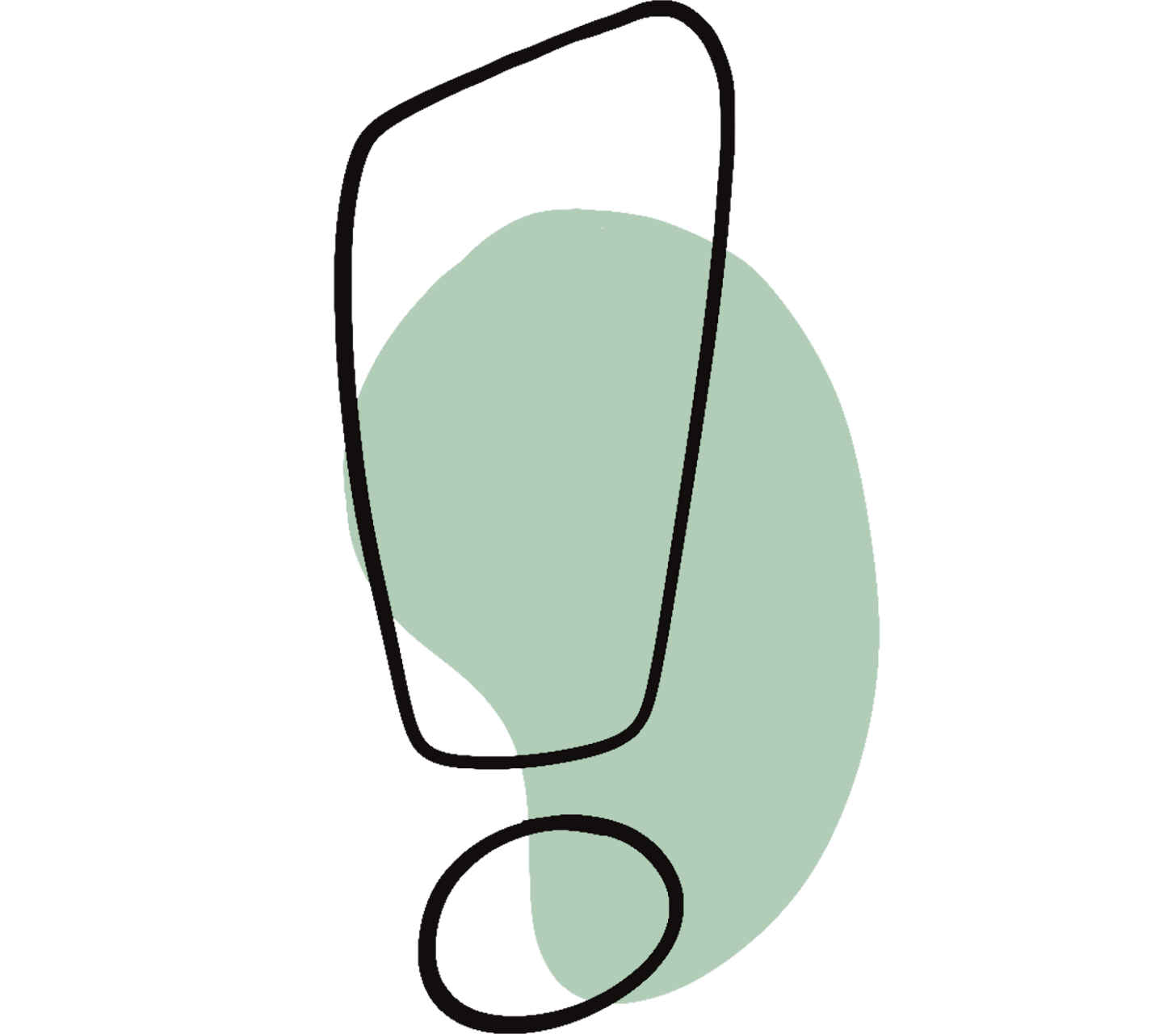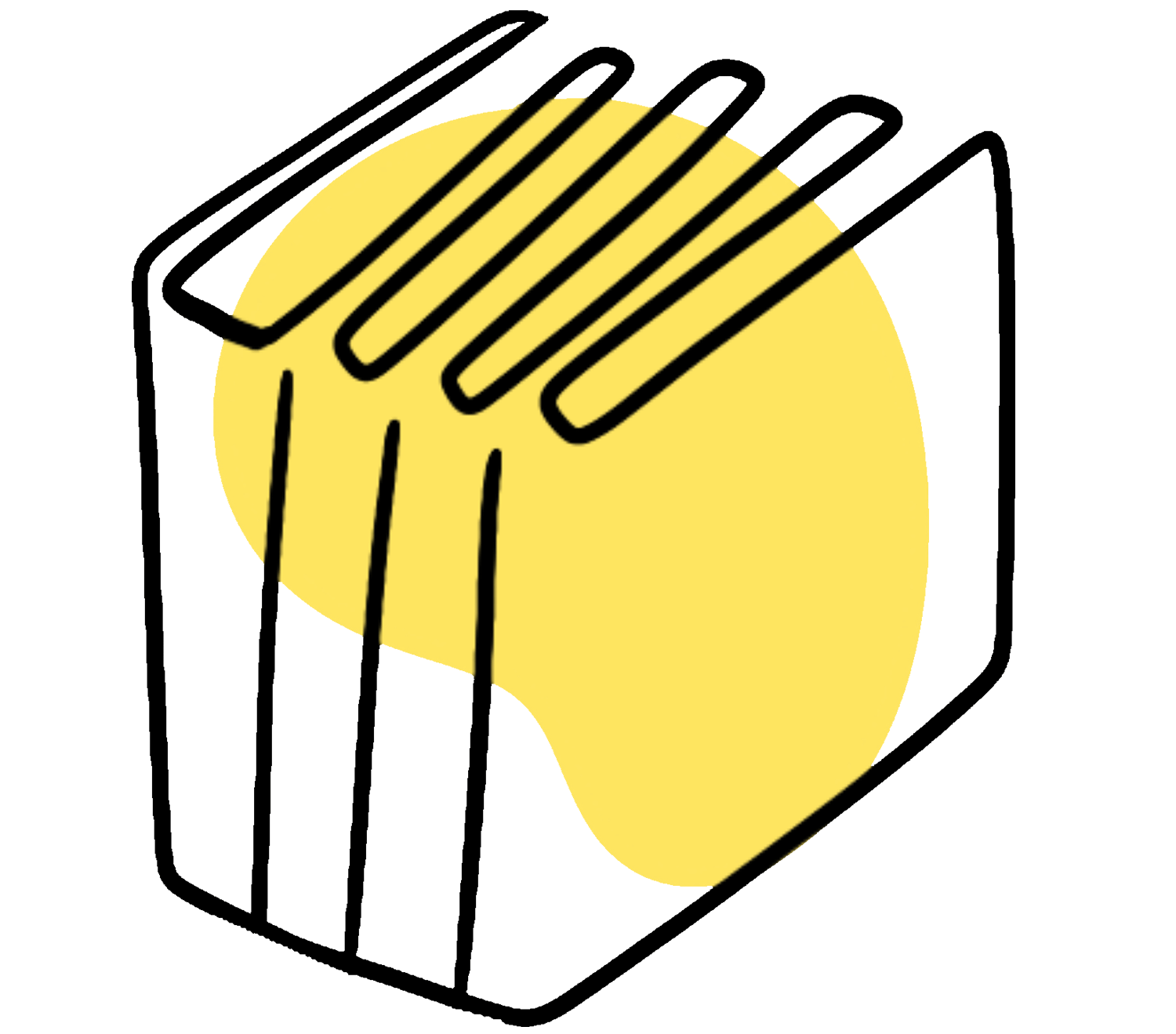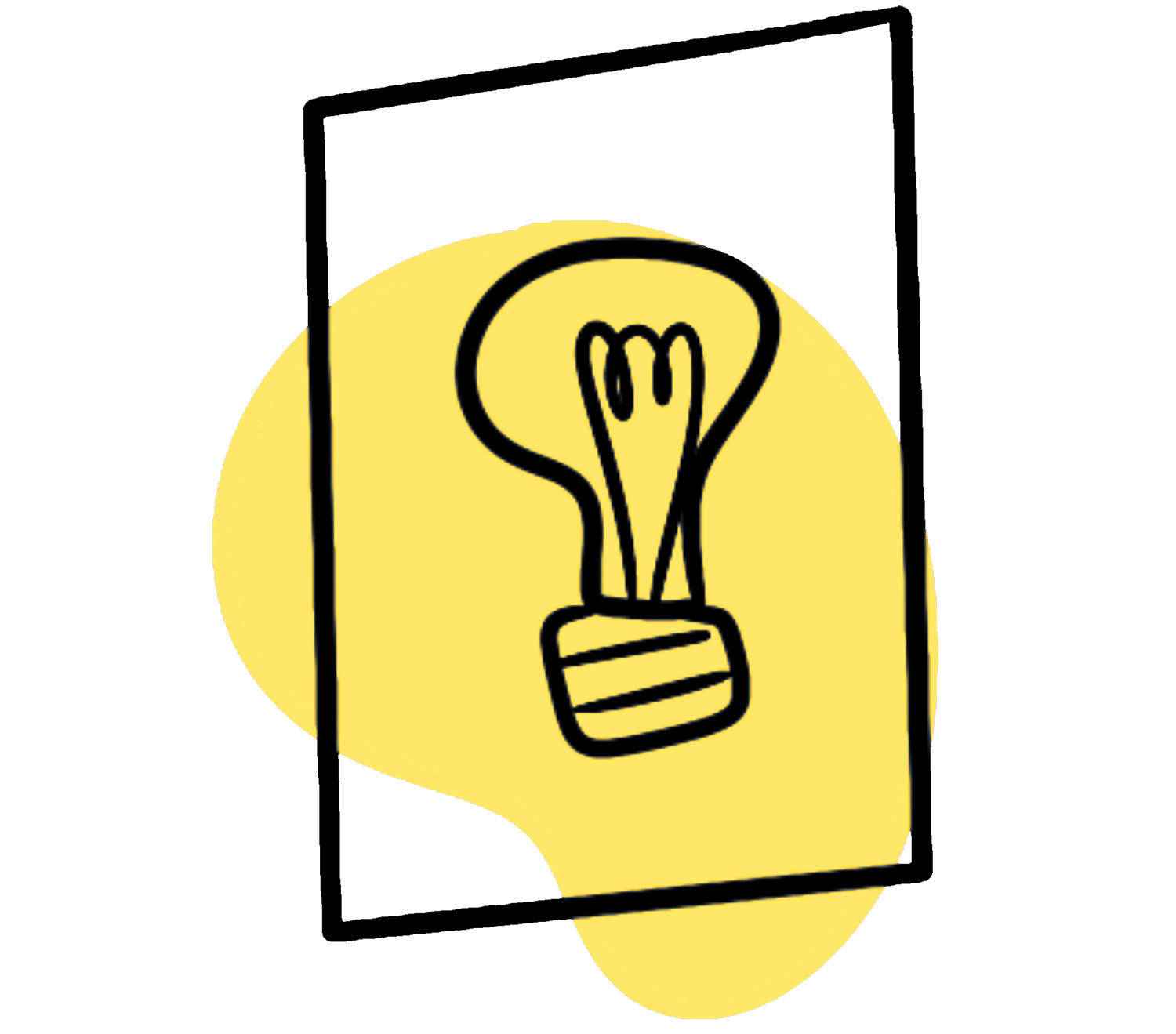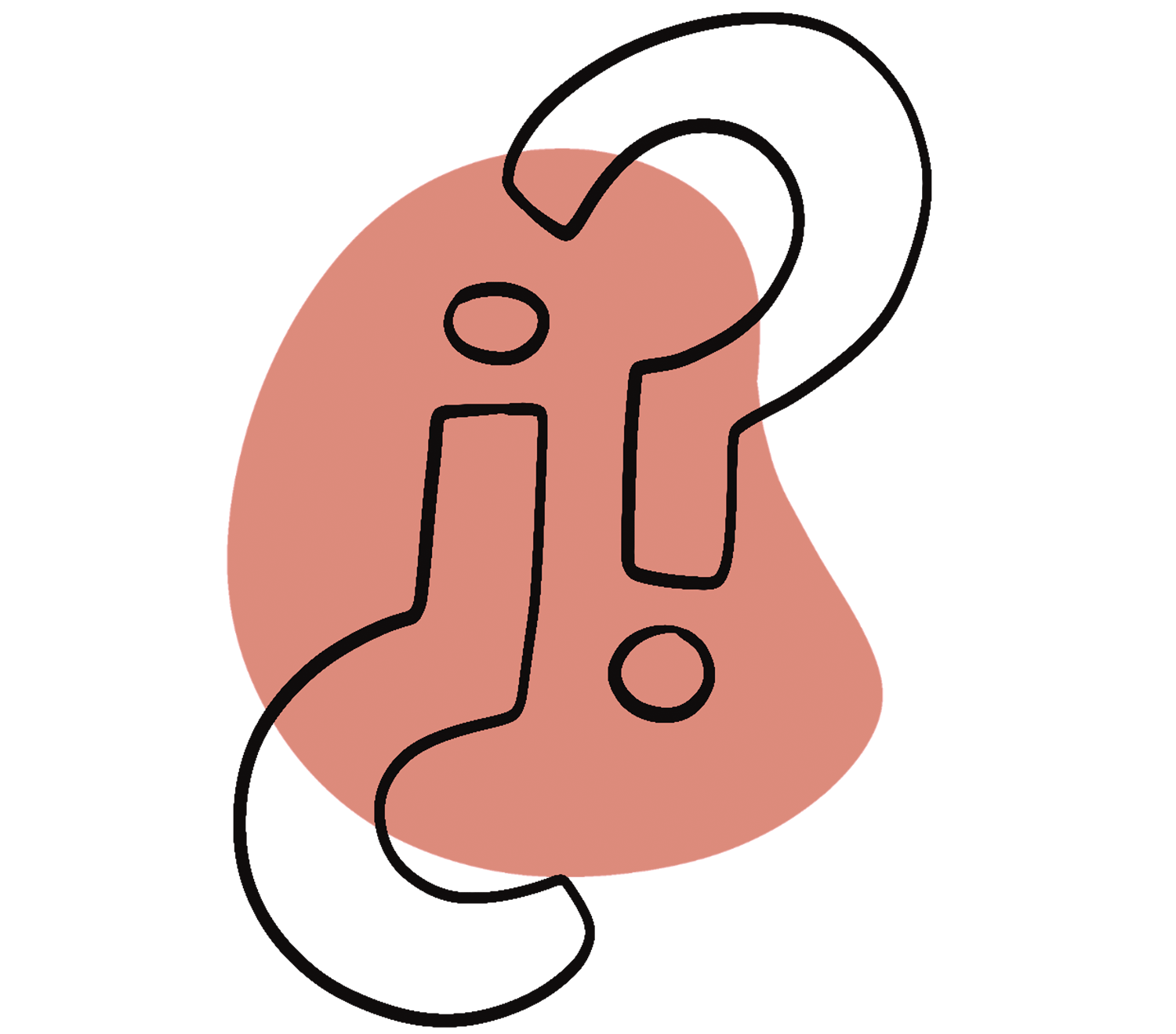Direct quotations are enclosed in double quotation marks and must be identical to the original not only in content but also in form (i.e. including spelling and punctuation). Omissions are indicated by three dots in square brackets ([…]). Additions must also be placed in square brackets.
Example of a direct quotation:
“Primary data as the basis for publications […] must be kept for ten years.” [10, p. 21].
Page numbers must always be added for direct quotations.

In indirect (paraphrased) quotations, you adopt ideas from other texts but express them in your own words. In engineering papers, citations are almost exclusively indirect. These quotations are also indicated with a reference.
Example of an indirect quotation:
This principle was already mentioned in 1997 [2].
Example of an indirect quotation with page number:
The German Research Foundation (DFG) recommends storing primary data, which publications are based on, for ten years [10, p. 21].
Page numbers can be added for indirect quotations if necessary. However, if you refer to the core idea or main result of the cited text, page numbers are usually not required. The longer the cited work, the more helpful it may be to include them so readers can find the passage again.
In principle: always seek the best source. This is usually the one where the knowledge was first published, first empirically studied, and first summarized. A simple Google search or even using the OPAC is often not enough. Instead, you’ll need broader research and access strategies, e.g.:
- search databases
- browse professional journals
- request interlibrary loans
Sometimes, you may need to obtain the source from a university library in Erlangen or Nuremberg. If you need help with research or obtaining literature, our library will gladly support you.
If your efforts fail (or accessing the literature is unreasonably difficult), you may exceptionally cite second-hand knowledge using the term “quoted in” – abbreviated as “qtd. in”. In this case, you use the quotation from the work you do have. It may look like this:
Example of a secondary quotation:
Thus, “a scientist […] is trained through his work to doubt everything he does and publishes, … especially that which is close to his heart.” ([11], qtd. in [10, p. 40]).
Only use this method as a last resort, since the original context may differ. You must not cite [11] without [10] if you haven’t checked [11] yourself.

Students are often unsure how to cite the source for a longer paraphrase – for example, when a whole paragraph (with multiple sentences) or an entire section is paraphrased.
In academic practice, entire paragraphs or sections are rarely cited. Usually, professional writers refer to the source where the topic is explained in more detail. In student papers, however, such longer paraphrases are more common to demonstrate understanding by explaining in your own words.
There are different ways to place the in-text reference (the number in square brackets) in such cases:
- At the end of the sentence and before the punctuation if the reference applies to that sentence.
- At the end of the paragraph and after the final punctuation if it applies to the whole paragraph.
- In the section title if the entire section draws from one source (usually not recommended).
Example 1 of a longer indirect quotation:
An electric motor (EM) of an electrically powered vehicle generates the required torque through the force of a magnetic field acting on a current-carrying conductor loop. The generated torque is proportional to the current and magnetic field, which can be produced either by an electromagnet or a permanent magnet. In general, electric drives are classified by current type into direct current and alternating current motors. [1, p. 4-8]
Example 2 of a longer indirect quotation:
The following is a summary of Becker’s model [87], which served as the basis for Experiment A. …
- Your text consists of a string of paraphrased or direct quotations.
- Quotations are missing references or are incorrectly cited.
- You rely on a single source (perhaps even Wikipedia…) …) even though the topic is widely discussed within the academic field.
How do I indicate a direct quotation?
You indicate a direct quotation with quotation marks and an in-text citation. In engineering and natural sciences, this is usually a number in square brackets, which corresponds to an entry in the works cited list. However, direct quotations are rare in engineering and sciences.
What is the difference between direct and indirect quotations?
Direct quotations reproduce text passages verbatim, while indirect quotations express the ideas of the original text in your own words.
Der Artikel wurde veröffentlicht im August 2025 und zuletzt aktualisiert im December 2024.








